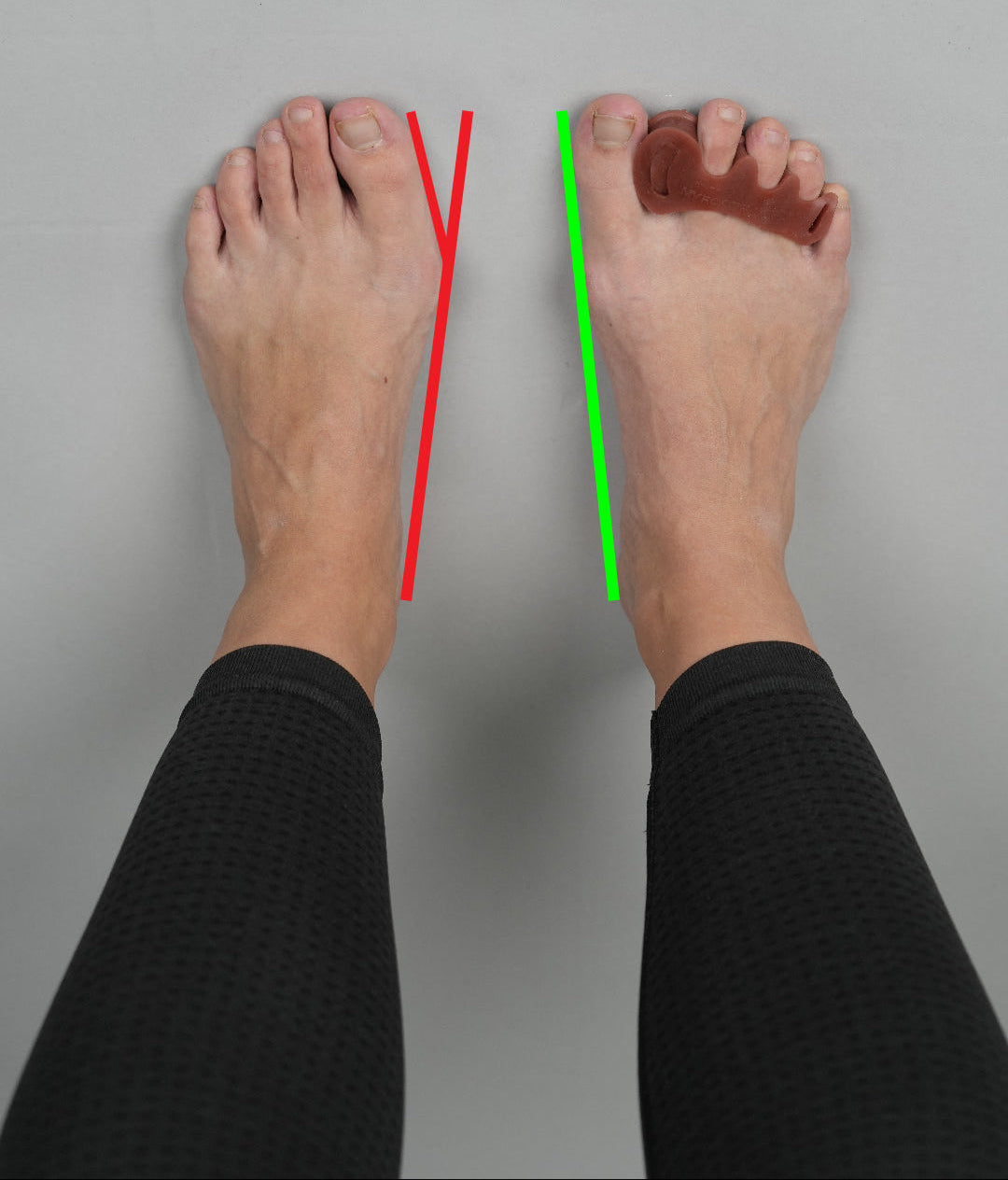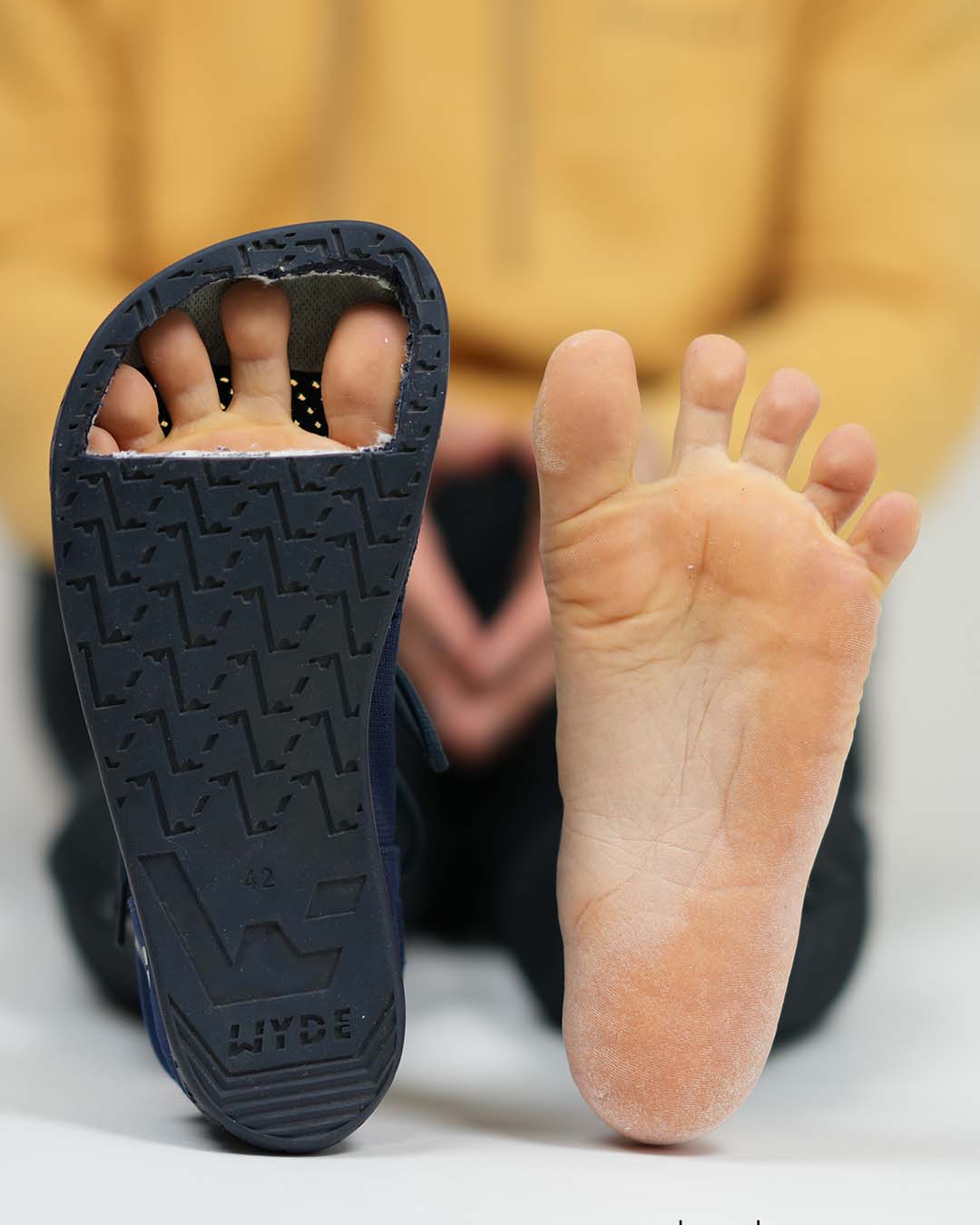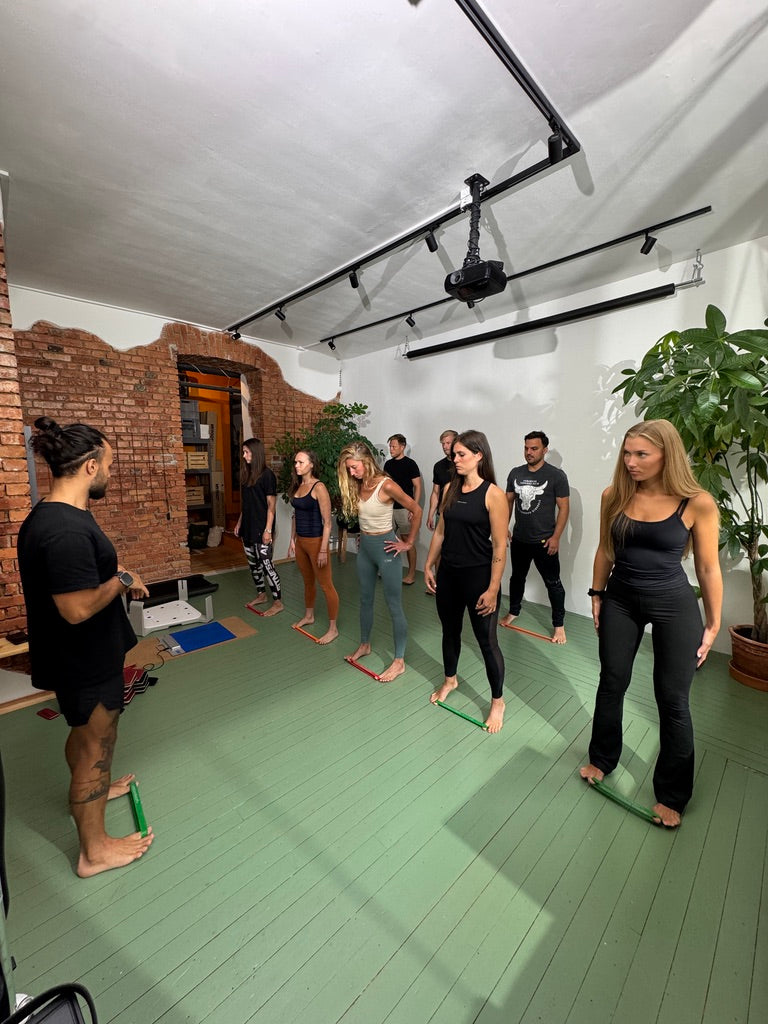Can 64% of Bunions Really Return?
What the Research Reveals..
Surgery can change the shape of your foot, but it doesn’t always change what caused the problem in the first place, this is what we shout from the roof tops each morning when we wake up!
It is estimated that more than 350,000 people undergo bunion surgery each year in the US alone. And while many see short-term relief, long-term research shows that for most, the bunion gradually returns.
The study everyone’s talking about!
In 2023, researchers Lalévee et al. published one of the largest long-term reviews of bunion surgery to date.
The analysis combined results from 17 studies, covering 2,914 operated feet, all followed for at least five years after surgery.
Here’s what they found:
-
64 % of cases showed a measurable return of deviation (HVA > 15°)
-
10 % had a moderate recurrence (HVA > 20°)
-
5 % experienced severe recurrence (HVA > 25°)
Only about one in three maintained long-term correction,
and fewer than 15 % ended up with a truly straight, naturally aligned toe (≤ 10° HVA). And still, is 10° really where the standard should be, we do not think so.
Why bunions often return
Surgery can realign bone, but it doesn’t retrain how the foot moves.
If the same habits remain — narrow shoes, weak foot muscles, limited toe motion — the same ingredients that created the bunion in the first place are ready to get started on those bunion 2.0s.
Structure can be reset.
Function must be re-trained.
Without changing how the foot loads, strengthens and moves, the big toe often begins to drift back, even after a technically successful operation. We hear this so often, as aftercare is next to nothing, the knowledge isn't there or the medical world simply does not care!
What the numbers really mean
| Final HVA | % of Patients (5 yrs +) | Outcome |
|---|---|---|
| ≤ 10° | ~15 % | Excellent |
| 10–15° | ~21 % | Good correction |
| 15–20° | ~53 % | Mild recurrence |
| > 20° | ~10 % | Moderate–severe recurrence |
These figures don’t mean surgery never works —
they simply show that correction alone isn’t enough if the underlying mechanics aren’t addressed. It is important to note, we do not agree with how the degrees are defined, as a natural foot has 0° - -5°, our studies have shown that individuals who wear little - no shoes actually have a negative HVA, this is complimented by people who have restored their foot function who report a negative HVA.
Better choices before the knife
Surgery can be the right answer for some, especially where pain and joint damage are severe, but this is the minority and not the majority.
But in our experience, most people can make life changing progress without surgery by addressing the three factors that shape every foot:
-
Footwear — choose shoes that match your natural shape: flat, wide and flexible.
-
Exercise — restore control, mobility and strength through daily movement.
-
Tools — use toe spacers and simple aids to rebuild space and stability.
Recent research supports this approach:
-
Toe spacers can reduce bunion angles by 2–6° and relieve pain.
-
Functional footwear can increase intrinsic foot strength by over 50 % in six months.
-
Targeted exercise improves stability and comfort, even in long-standing bunions.
Surgery may correct the symptom.
Function restores the system.
Our view
Surgery will always have a place — but it should never be the first step.
Before going under the knife, every person deserves to understand what can be achieved through movement, education and better footwear choices.
Your feet were designed to move.
When you give them space, strength and time, they can often do more than any scalpel.
These images are great example of how change can take place. After months of implementing small changes, change can happen. 
Reference
Lalévee M. et al. Recurrence Rates With Longer-Term Follow-up After Hallux Valgus Surgical Treatment With Distal Metatarsal Osteotomies: A Systematic Review and Meta-analysis, Foot & Ankle International, 2023.
(17 studies, 2,914 feet, ≥ 5 years follow-up.)







Share:
TSE 26: Sydafrika